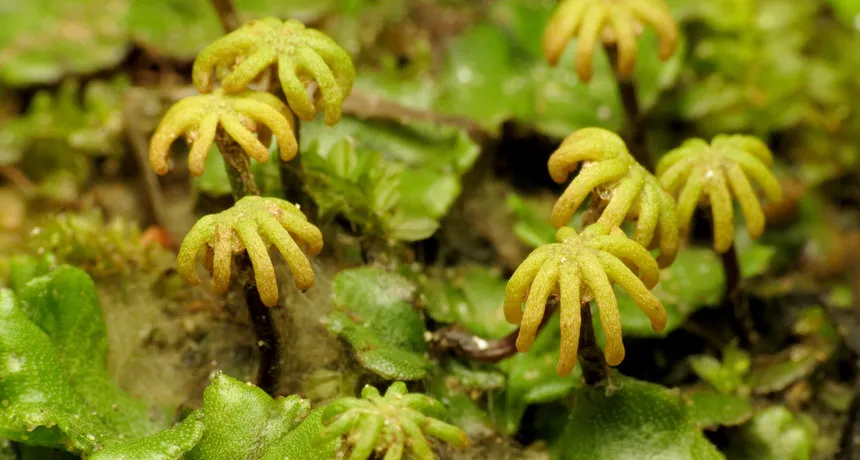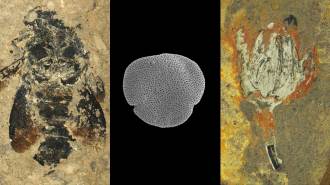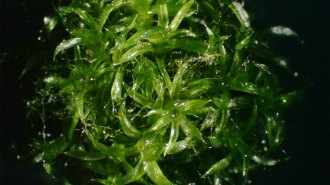Liverwort reproductive organ inspires pipette design
The tool relies on water’s surface tension to hold a droplet

NATURE’S DESIGN The female reproductive structures of the umbrella liverwort, shown here, capture sperm-filled water droplets under their fronds.
Katja Schulz/flickr.com (CC BY 2.0)






